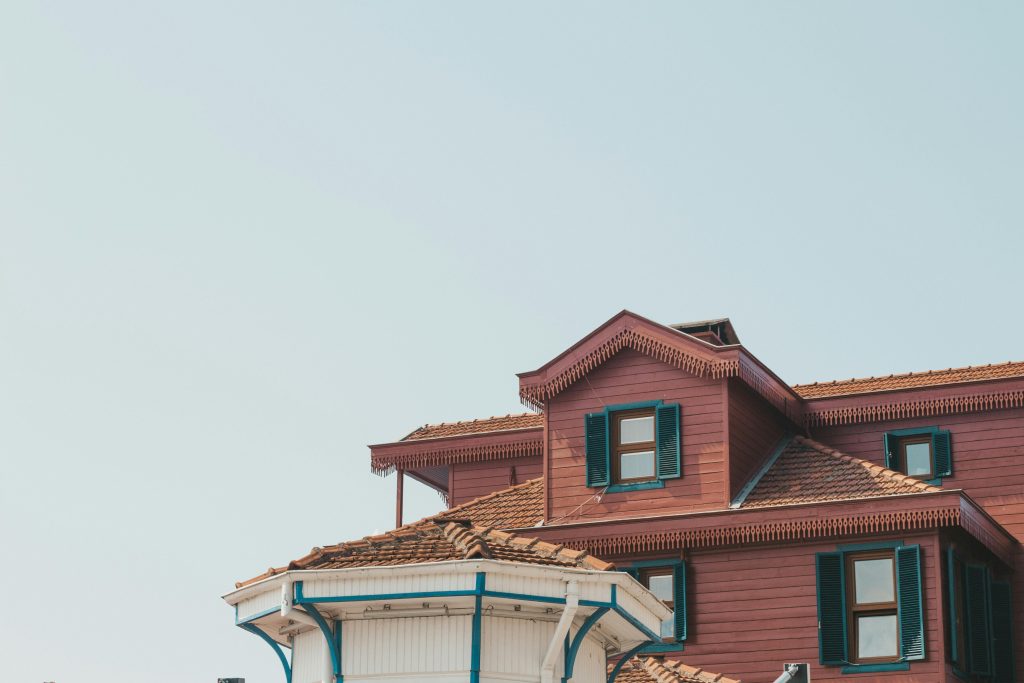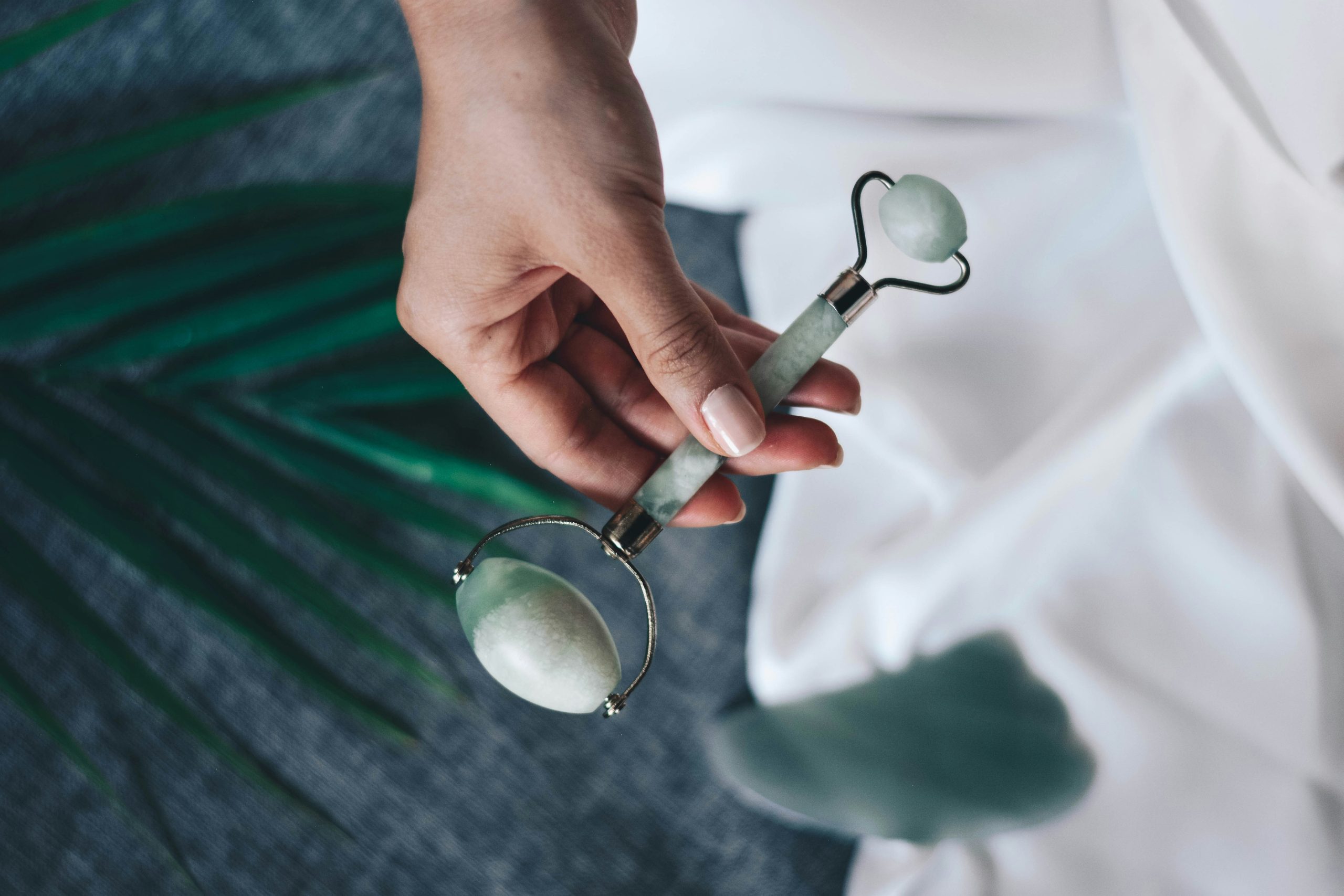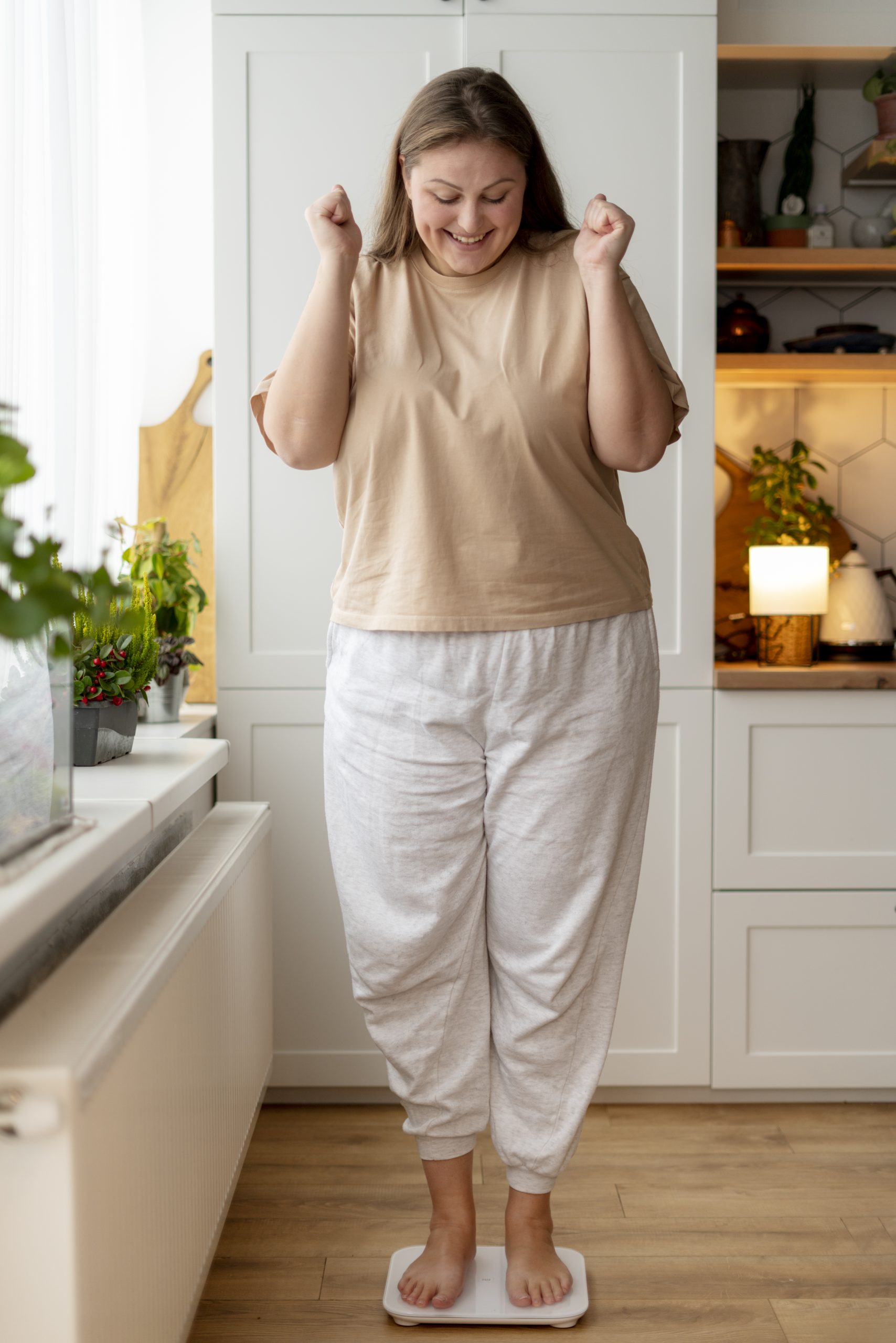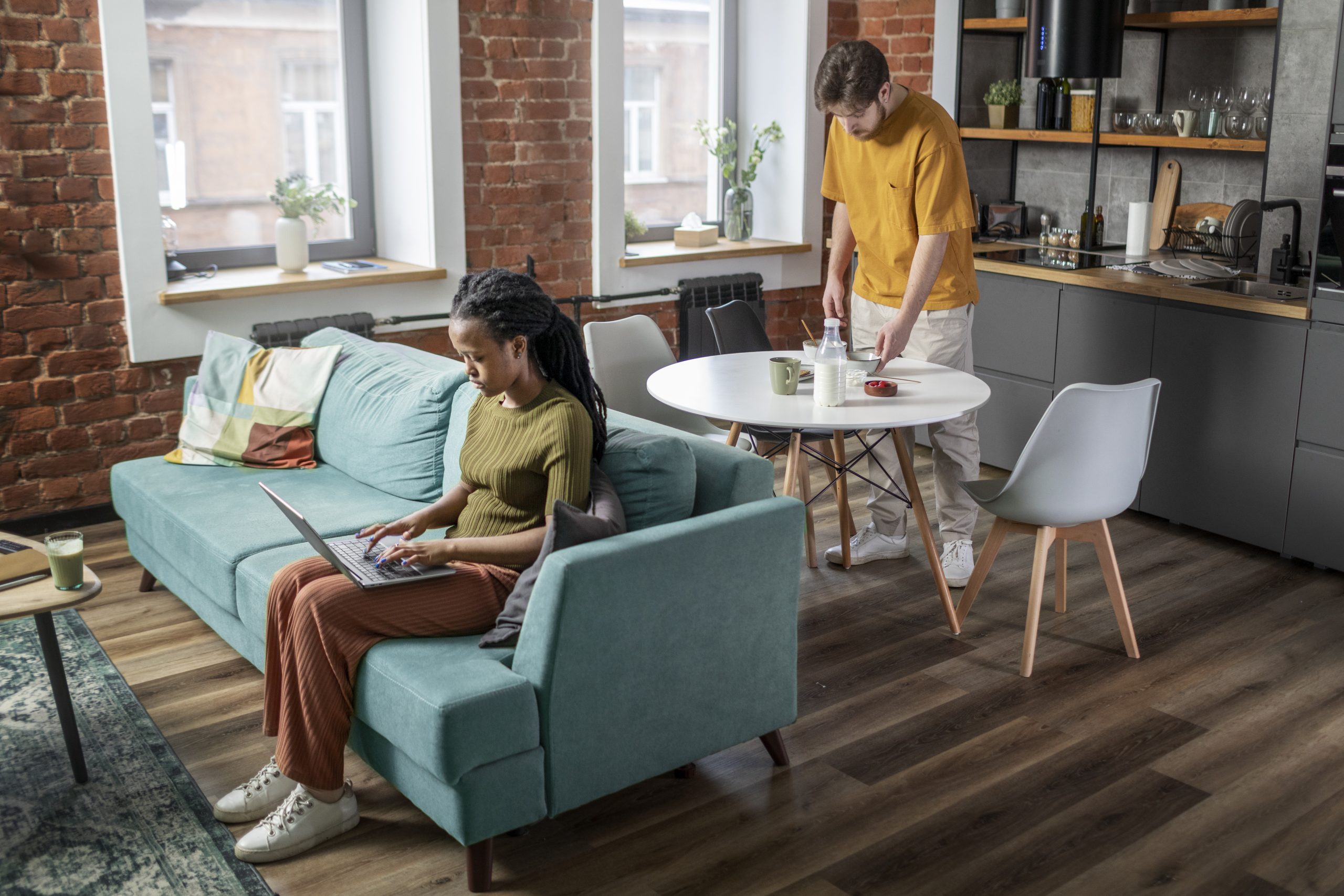How to Update an Older Home Without Losing Its Charm
Photo by Emre Can Acer
Updating an older home can be both exciting and challenging. On one hand, there’s the desire to bring the property up to modern standards with more efficient appliances, better insulation, and a sleek design. On the other hand, there’s the charm that made you fall in love with the home in the first place—the beautiful woodwork, intricate details, and vintage appeal that make it unique. The trick is finding a way to strike a balance, preserving the essence of the home while making it more comfortable and functional for today’s living.
Older homes often have stories to tell. Every room holds a piece of history, whether it’s in the craftsmanship of the moldings or the layout of the rooms, designed for a way of life that may be different from today. Modernizing an older home doesn’t mean stripping away its past. Instead, it’s about enhancing its timeless features and making smart updates that respect its history. This can be achieved through thoughtful design choices and careful planning, ensuring the home’s character remains intact while embracing modern conveniences.
Many homeowners don’t realize that it’s entirely possible to update an older home without sacrificing its charm. Whether you’re considering a full renovation or small updates, the key is to focus on maintaining the home’s soul while seamlessly blending in the new elements. That may mean keeping original hardwood floors, restoring vintage fixtures, or integrating modern technology in ways that don’t overwhelm the space.
For those embarking on this journey, it’s important to understand that updating an older home is not just about aesthetics—it’s about creating a space that respects the past while being functional for the present. With the right approach, you can bring out the best of both worlds and create a truly unique home that reflects its history and your personal style.
Assess the Home’s Original Features
Before making any updates, it’s important to take a good look at your home and identify its original features. These could be anything from ornate crown molding to original hardwood floors. These elements give the home its unique character, and preserving them can help maintain its historical appeal.
Start by listing the details that make the home special. Ripping out older features might be tempting, but consider restoring them instead. For example, original wooden doors, flooring, or vintage windows might need refinishing to look new again. Keeping these details intact allows the home to retain its sense of history while benefiting from modern updates.
When updating an older home, you can still improve its layout or install modern utilities without stripping away the things that make it charming. Structural changes may be necessary to improve the home’s functionality, but keeping the updates aligned with the original style is important.
Bringing Modern Functionality to the Bathroom
One area that often needs updates in an older home is the bathroom. Bathrooms in older homes tend to be smaller and less functional than modern ones. According to the experts at RHD Plumbing and Remodeling, updating an older bathroom doesn’t mean you have to lose its character. Many homeowners feel overwhelmed at the thought of making changes to it. However, with thoughtful planning, bathroom remodeling can update the space while keeping its original appeal.
For instance, you can keep period-appropriate elements, such as a clawfoot tub, while updating the tiles, fixtures, and plumbing. This allows you to modernize the bathroom without losing the vintage look that fits with the rest of the house. The key is to choose fixtures and materials that match the style of the home, blending modern functionality with classic design choices.
Updating the Kitchen While Preserving Its Character
The kitchen is another area where homeowners often want modern functionality but still wish to keep the original charm of an older home. Kitchens in older houses may lack the space or features found in newer homes, but that doesn’t mean you have to sacrifice the room’s character for modern convenience.
When remodeling the kitchen, consider what original elements you want to preserve. Cabinetry is often one of the key features. Rather than replacing old cabinets, consider refinishing or repainting them. You can keep the original wood or style while giving them a fresh, updated look. If the cabinets are beyond repair, look for new options that match the style of the period when your home was built.
Another consideration is the flooring. Older homes may have wood flooring in the kitchen, which can be restored and refinished to match modern needs while preserving the room’s charm. If you need to replace the flooring, consider using materials that are true to the home’s era, such as classic tile patterns or wood planks.
Appliances are where most homeowners want modern updates. Stainless steel or smart appliances can be integrated into an older kitchen while maintaining its character by opting for appliances with retro-inspired designs or by incorporating them in a way that doesn’t detract from the room’s original features.
Maintaining Original Flooring and Carpentry
Original flooring and carpentry are often some of the most valued features in older homes. These elements add warmth and character that are hard to replicate in modern builds. Restoring original hardwood floors can significantly improve the look of your home without changing its charm. Refinishing is a great option to bring life back to older floors, and in some cases, sanding and staining them can completely transform the space without needing to install new flooring.
For carpentry, focus on restoring original trim, baseboards, and moldings rather than replacing them. These small details are often what give older homes their distinctive look. A fresh coat of paint or refinishing the wood can highlight these features and tie the room together.
Doors and windows in older homes are also important to preserve when possible. Instead of replacing them with modern options, which can look out of place, consider having them restored. With proper care, older windows can be made energy-efficient without losing their charm. The same goes for doors, which can be refinished or painted to match the home’s style while updating the hardware for a more modern touch.
Adding Modern Conveniences Without Changing the Home’s Aesthetic
Adding modern conveniences like smart technology to an older home can be done in subtle ways that don’t disrupt the overall aesthetic. For example, smart thermostats and lighting systems can be integrated in a way that doesn’t stand out visually. You can even hide smart switches behind vintage-style switch plates, blending modern functionality with the home’s original look.
Energy-efficient upgrades, like better insulation or heating systems, can also be installed without changing the appearance of the home. These behind-the-scenes improvements can make the house more comfortable and efficient while keeping its historical character intact.
Updating an older home doesn’t mean losing the charm that makes it unique. By thoughtfully preserving original features, restoring instead of replacing, and integrating modern updates in a subtle way, you can achieve a home that meets modern needs while honoring its history. Whether it’s refinishing old floors, updating the kitchen or bathroom, or integrating smart technology, it’s all about striking the right balance between old and new. In the end, you’ll have a home that reflects both your modern lifestyle and the timeless character of its original design.
Preserving the Past While Embracing the Future
Updating an older home is a delicate process that requires balancing its historical charm with modern-day functionality. By thoughtfully restoring vintage details and incorporating contemporary updates, you can create a space that honors the past while ensuring comfort and convenience for the future. Whether you’re focusing on structural improvements or aesthetic enhancements, each decision contributes to preserving the character of your home.
Ultimately, a successful renovation maintains the essence of the home without losing sight of practical needs. It’s about understanding the value of what’s already there and knowing how to enhance it in ways that make your home both timeless and livable. With careful planning and attention to detail, your older home can continue to tell its story for generations to come, all while adapting beautifully to the demands of modern living.






